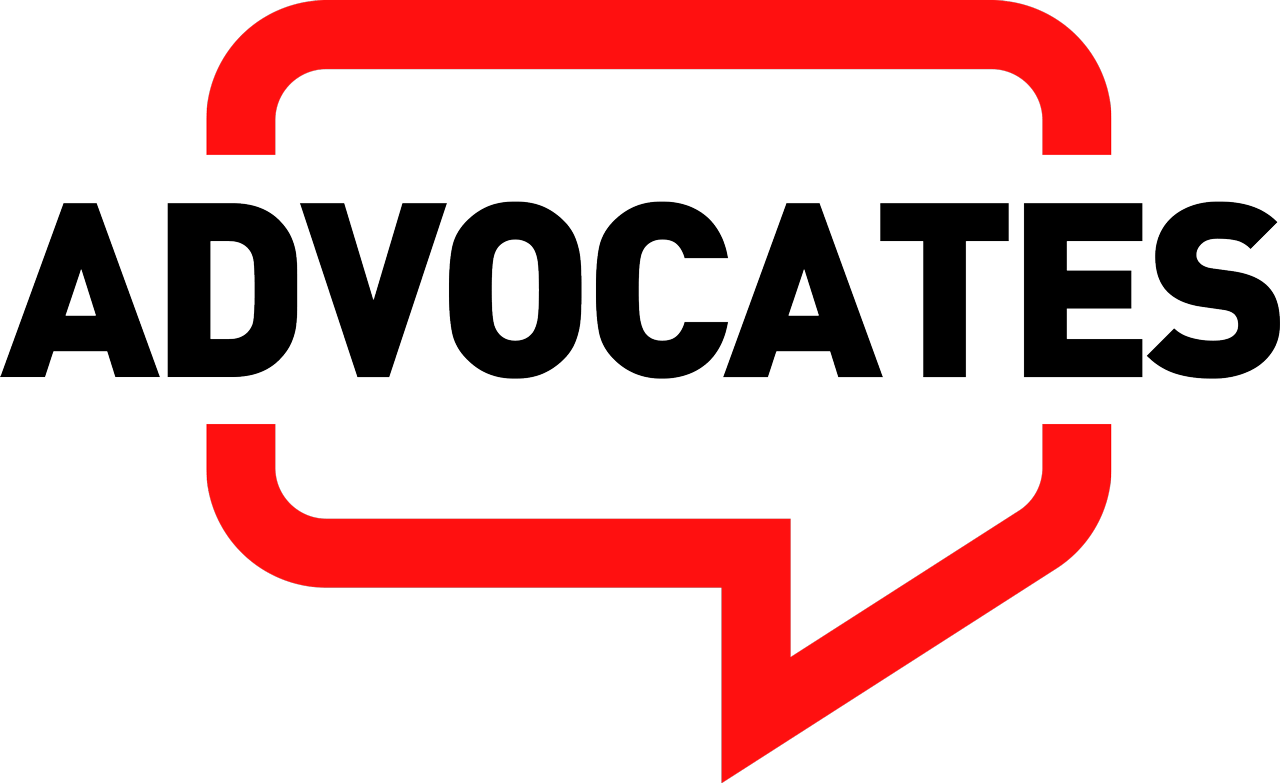BUSINESS
Advocates Philippines
Government Unveils Php 6.793-T FY 2026 Budget, Prioritizing People, Progress, And Preparedness
191st Development Budget Coordination Committee (DBCC) Meeting Press Conference. Screengrab from DBM
The Development Budget Coordination Committee (DBCC), chaired by Department of Budget and Management (DBM) Secretary Amenah F. Pangandaman, has approved the proposed national budget for fiscal year (FY) 2026, amounting to Php 6.793 trillion—a 7.4% increase from the 2025 budget. This figure represents 22% of the country’s gross domestic product (GDP) and reflects the administration’s continuing efforts to balance inclusive growth with fiscal responsibility.
Speaking after the DBCC’s 191st meeting, Secretary Pangandaman emphasized the guiding principle behind this year’s proposal: “Nurturing Future-Ready Generations to Achieve the Full Potential of the Nation.” At the heart of the FY 2026 budget are substantial investments in quality education, accessible healthcare, and workforce upskilling, underscoring the government’s strong commitment to human capital development.
“These investments aim to build a more resilient and capable population ready to contribute meaningfully to our long-term national goals,” the Budget Chief explained. Alongside these priorities, the proposed budget continues to fund infrastructure through the Build Better More program and pushes forward with the country’s digital transformation agenda, in line with the Philippine Development Plan (PDP) 2023–2028.
The proposed budget also highlights cross-cutting measures such as strengthening climate and disaster resilience, enhancing social protection programs, and deepening the devolution of basic services to local government units.
Secretary Pangandaman noted that while the DBM initially received agency budget proposals totaling over Php 10.1 trillion, tight fiscal space required a strategic and disciplined approach. “We had to make difficult choices,” she said. “We prioritized programs that are impactful, aligned with our national objectives, and ready for implementation. We also considered agencies’ absorptive capacity to ensure that public funds are spent effectively and efficiently.”
Priority was also given to proposals under the Three-Year Rolling Infrastructure Program (TRIP) and Program Convergence Budgeting (PCB) framework—mechanisms that encourage synergy across government programs and sectors.
Looking ahead, Secretary Pangandaman reaffirmed the administration’s broader economic goals. “Through coordinated policy, strategic investment, and sound fiscal management, we aim to bring down poverty to single digits, generate quality jobs, and maintain macroeconomic stability. This is how we pursue our Agenda for Prosperity under Bagong Pilipinas, even in the face of global challenges,” she said.
The proposed FY 2026 National Expenditure Program is scheduled for submission to Congress in August 2025, where it will undergo further scrutiny and refinement.
Speaking after the DBCC’s 191st meeting, Secretary Pangandaman emphasized the guiding principle behind this year’s proposal: “Nurturing Future-Ready Generations to Achieve the Full Potential of the Nation.” At the heart of the FY 2026 budget are substantial investments in quality education, accessible healthcare, and workforce upskilling, underscoring the government’s strong commitment to human capital development.
“These investments aim to build a more resilient and capable population ready to contribute meaningfully to our long-term national goals,” the Budget Chief explained. Alongside these priorities, the proposed budget continues to fund infrastructure through the Build Better More program and pushes forward with the country’s digital transformation agenda, in line with the Philippine Development Plan (PDP) 2023–2028.
The proposed budget also highlights cross-cutting measures such as strengthening climate and disaster resilience, enhancing social protection programs, and deepening the devolution of basic services to local government units.
Secretary Pangandaman noted that while the DBM initially received agency budget proposals totaling over Php 10.1 trillion, tight fiscal space required a strategic and disciplined approach. “We had to make difficult choices,” she said. “We prioritized programs that are impactful, aligned with our national objectives, and ready for implementation. We also considered agencies’ absorptive capacity to ensure that public funds are spent effectively and efficiently.”
Priority was also given to proposals under the Three-Year Rolling Infrastructure Program (TRIP) and Program Convergence Budgeting (PCB) framework—mechanisms that encourage synergy across government programs and sectors.
Looking ahead, Secretary Pangandaman reaffirmed the administration’s broader economic goals. “Through coordinated policy, strategic investment, and sound fiscal management, we aim to bring down poverty to single digits, generate quality jobs, and maintain macroeconomic stability. This is how we pursue our Agenda for Prosperity under Bagong Pilipinas, even in the face of global challenges,” she said.
The proposed FY 2026 National Expenditure Program is scheduled for submission to Congress in August 2025, where it will undergo further scrutiny and refinement.
Jun 26, 2025
We are dedicated storytellers with a passion for bringing your brand to life. Our services range from news and media features to brand promotion and collaborations.
Interested? Visit our
Contact Us page for more information. To learn more about what we offer, check out our latest article on services and opportunities.


